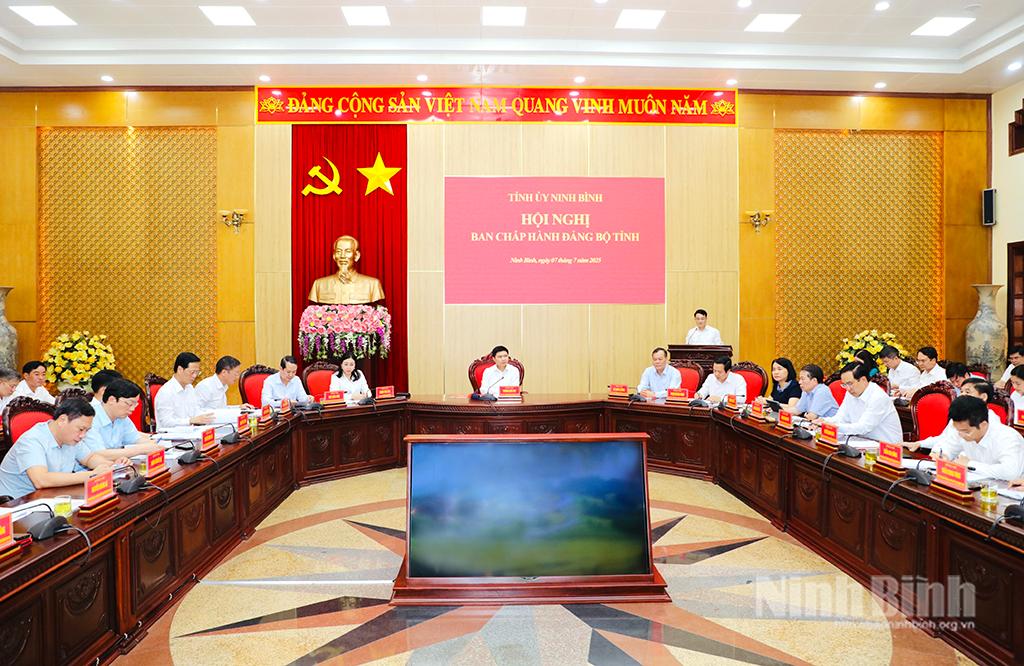Top 10 spiritual tourist attractions in Vietnam

1. The Mot Cot Pagoda
The Mot Cot Pagoda (one pillar pagoda), which was built on a 4m high pillar with a diameter of 1.2m in Hanoi in 1049, is recognised as the most architecturally unique.
The temple was built by Emperor Ly Thai Tong, who ruled from 1028 to 1054. According to the court records, Ly Thai Tong was childless and dreamt that he met the Avalokitesvara Boddhisattva (Kuan Yin - Goddess of mercy), who handed him a baby boy while seated on a lotus flower. The Emperor then married a peasant girl that he had met and she bore him a son. He constructed the temple in gratitude for this in 1049. According to a theory, the pagoda was built in a style of a lotus emerging out of the water.
During the Ly Dynasty era, the temple was the site of an annual royal ceremony on the occasion of Vesak, the birthday of Gautama Buddha. A Buddha-bathing ceremony was held annually on April 8 in the Lunar Calendar by the monarch, and it attracted monks and laymen alike to the ceremony. The monarch would then free a bird, which was followed by the people.
2. Chua Huong (Perfume pagoda)
Chua Huong (Perfume pagoda) is located in Huong Son (Perfume Mountain), 70 km southwest of Hanoi. Chua Huong is a cluster of temples and shrines in the general vicinity of Huong Son. The pagoda is located in My Duc hamlet in the province of Ha Tay.
According to the book, Huong Son Thien Tru Pha, Huong Tich temple was built during the reign of Le Chinh Hoa (1680-1705), by a monk who happened on the site on his way to search for enlightenment. Other shrines and temples were later built in this area to take advantage of the local beautiful scenery.

3. Yen Tu Mountain
Located in Thuong Yen Cong Commune, about 40 kilometres from Ha Long City, Quang Ninh Province, Yen Tu is a magnificent mountain in Vietnam with silky streams running around bamboo forests; green pine forests, and towers and ancient temples appear and disappear alternately.

King Tran Nhan Tong devoted his life as a Buddhist monk in Yen Tu after his abdication.
4. Bai Dinh pagoda
Bai Dinh Pagoda is a complex of Buddhist temples on Bai Dinh Mountain in Gia Vien district, Ninh Binh province. The compound consists of the original old temple and a newly created larger temple. It is considered the largest complex of Buddhist temples in Vietnam and has become a popular site for Buddhist pilgrims from across Vietnam.

5. Thien Mu Pagoda
Thien Mu Pagoda (namely Heaven Fairy Lady Pagoda), also known as Linh Mu Pagoda, is a most fascinating and ancient pagoda in Hue city. It is situated on Ha Khe hill, on the northern bank of the Perfume River, in Huong Long village, 5 kilometres from Hue city, which is easy to reach from the city centre.

6. Truc Lam monastery
Truc Lam is a Zen Buddhist temple outside the resort town of Da Lat.
The contruction of Truc Lam monastery started on April 28, 1993 and ended in 1994. The inaugural ceremony followed on March 19, 1994. Two days later, Master Thich Thanh Tu made an announcement of closing the inner part of the monastery from the public, so that the monastic practitioners could practice without distraction.

7. Christ the King
Christ the King, of Vung Tau is a statue of Jesus, standing on Mount Nho in Vung Tau, Ba ria-Vung Tau province. The Vietnam Catholic Association built the statue in 1974 and completed it in 1993.

8. Ba Den Mountain
Ba Den Mountain is located 11km Northeast of Tay Ninh Town and 106km from Ho Chi Minh City. It is a famous complex of cultural, historical and beautiful sites covering an area of more than 24 square kilometres.

9. Cao Dai Temple
Cao Dai Temple, also known as Holy See, is the centre of Cao Dai faith, an indigenous Vietnamese religion that incorporates the teachings of Taoism, Buddhism, Confucianism as well as some elements of Christianity and Islam.

10.Ba Chua Xu Temple (Lady of the Realm)
Ba Chua Xu temple lies at the foot of Sam Mountain, Chau Doc Town, An Giang Province. It is said that the goddess is so sacred that anyone who offers incense to her can realise all his/her wishes.

(Source: VOV News)


